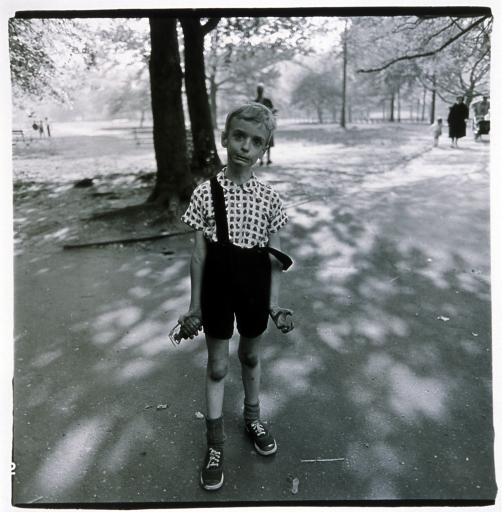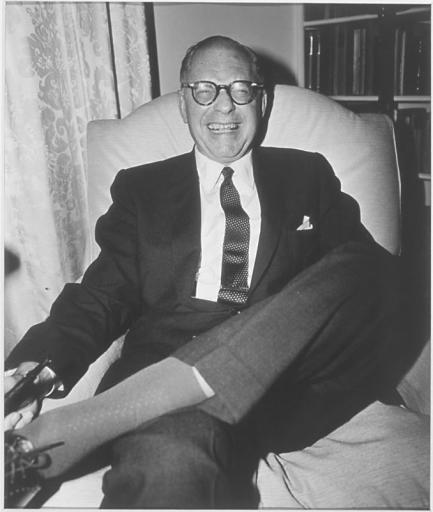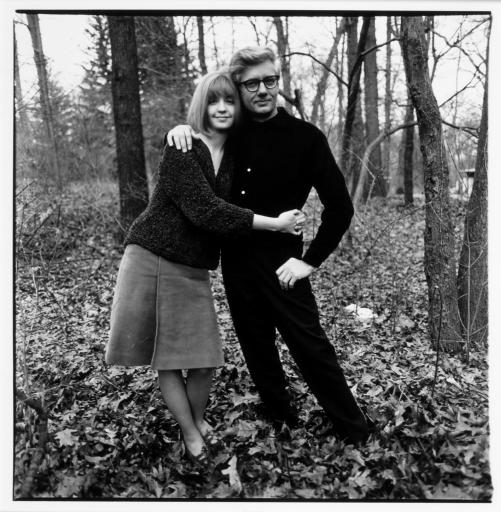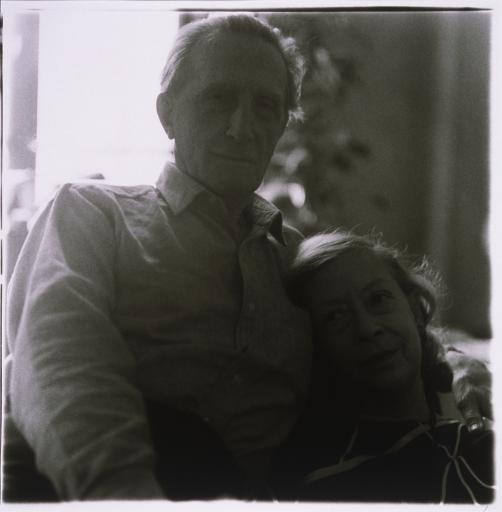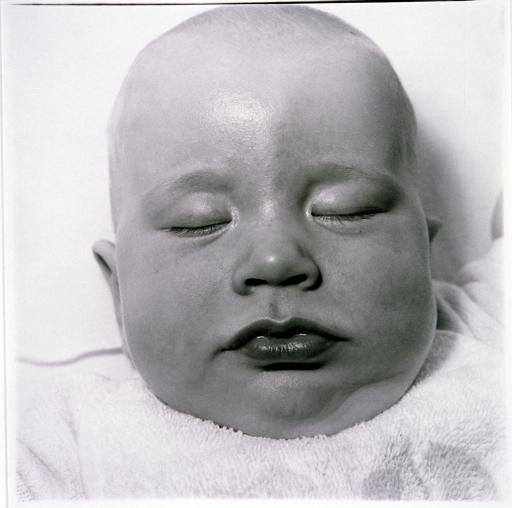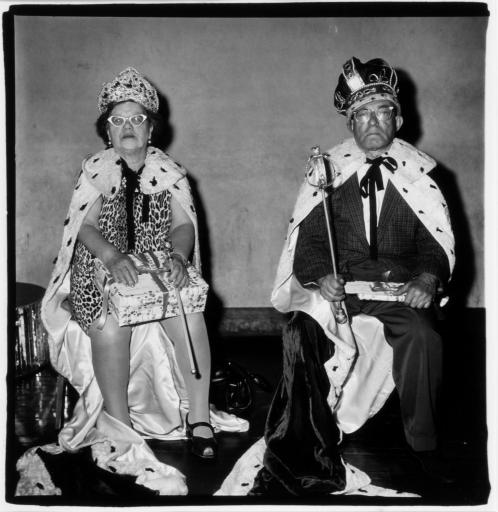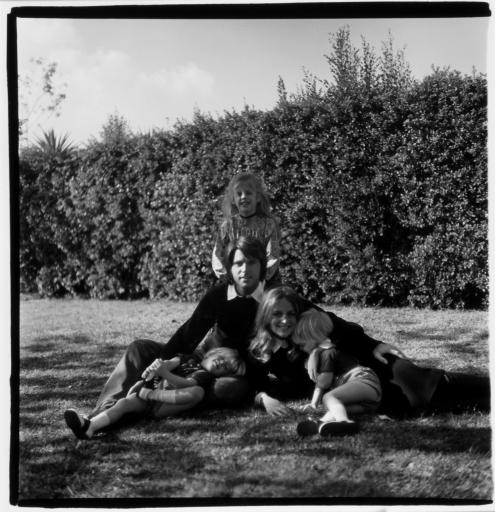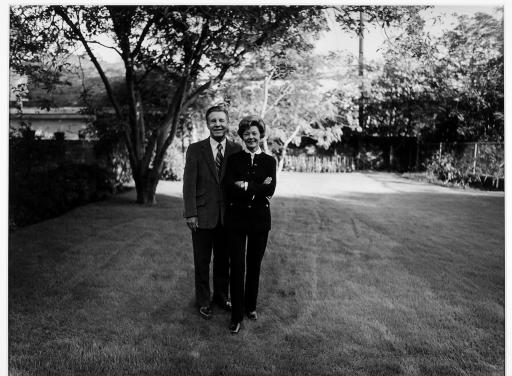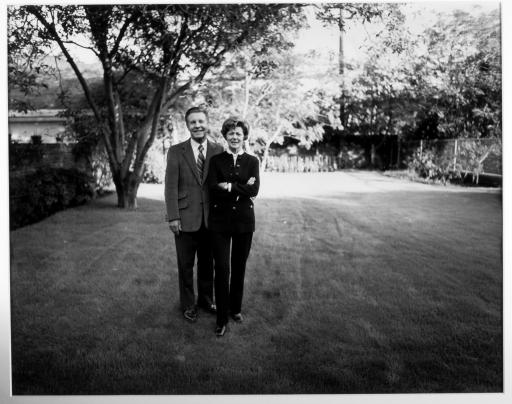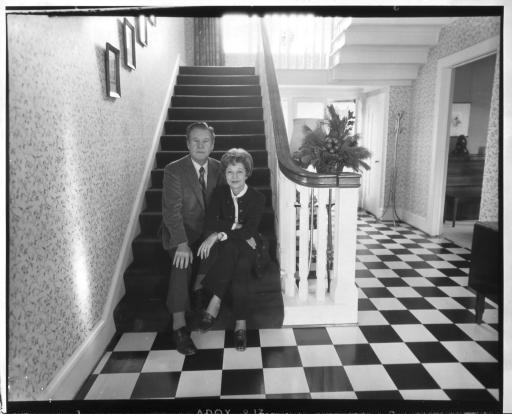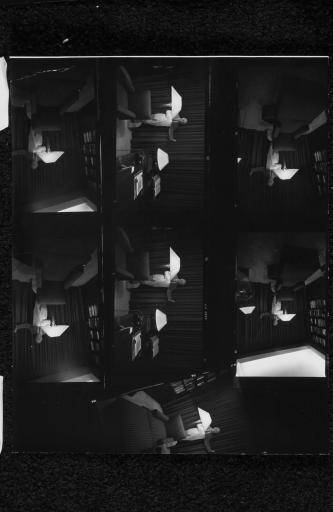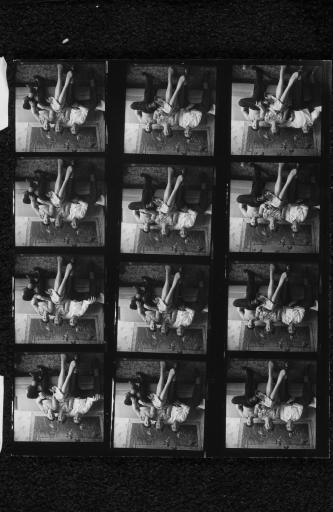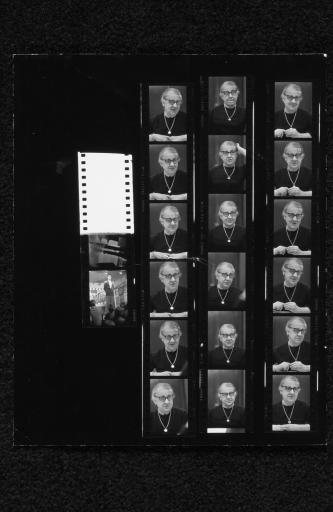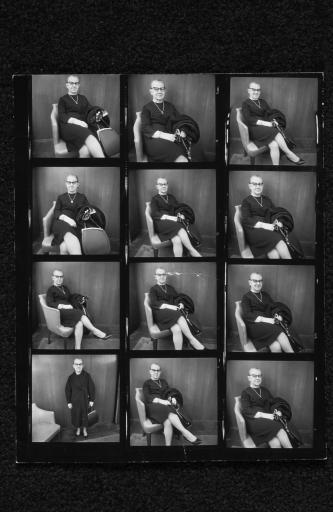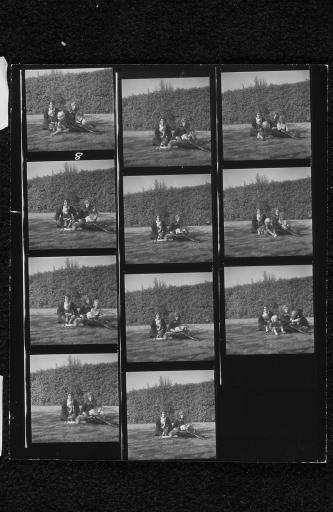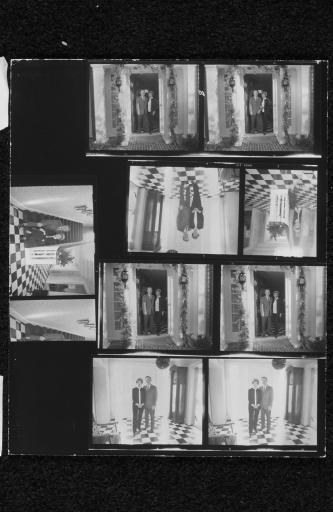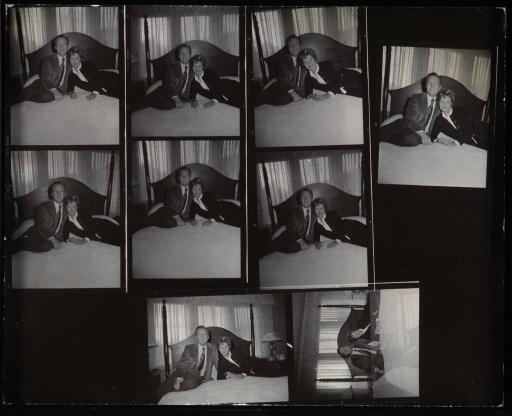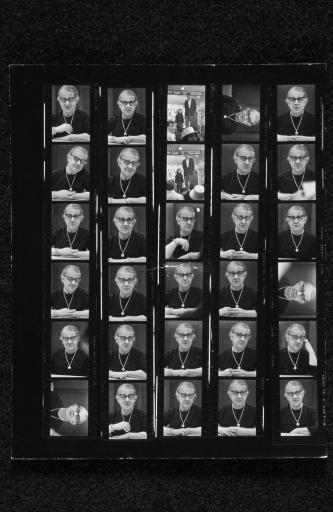Diane Arbus: Family Albums
Exhibition Overview

John Pultz, curator
In 1968, three years before her suicide, Diane Arbus wrote that she was compiling her photographs into a "family album," likening it to a "Noah's ark" and perhaps imagining in it the people who might be remembered and saved in the aftermath of the tumultuous 1960s. "Family," in Arbus' sense, consisted of people held together by all sorts of bonds, some traditional and others alternative, and deserving of special attention. Diane Arbus: Family Albums, organized by the Spencer Museum of Art and the Mount Holyoke College Art Museum, South Hadley, Mass., re-examines Arbus' never-completed project and offers a glimpse into what such an album might have looked like. The exhibition will be on view in the Spencer's Kress Gallery from Oct. 16 through Jan. 16, before continuing on to several other venues in its national tour. Diane Arbus: Family Albums includes a large body of work never seen before publicly and promises to change the received view of the remarkable photographer. Arbus was interested in compiling expansive and metaphorical images of the 1960s family. The exhibition, then, culls from Arbus' work, as she never had the chance to do, a collective image of the family in a turbulent decade of American history. It presents traditional family groupings as well as alternative families/communities and "implied" families. The exhibition is augmented with printed materials from the 1960s and a major companion book published by Yale University Press, co-authored by the exhibition's organizers, John Pultz, Spencer curator of photography and associate professor of art history, and Anthony Lee, Mount Holyoke associate professor of art history. Their book has met with widespread critical acclaim--in December 2003 both Art and Auction and The New York Times Book Review included it on lists of the best photography books of the year. The Spencer holdings of Arbus' work consist primarily of photographs she took for Esquire magazine. These prints, many of which are accompanied by related proof sheets, show the photographer's broad range--and especially her interest in the family. Depicting children, couples, mothers, and fathers, they include public figures with their children (such as television's Ozzie and Harriet Nelson), and they also picture various people that Arbus fashioned as surrogate families.
The Mount Holyoke holdings result from a 1999 gift from alumna Gay Humphrey Matthaei (class of 1952). The gift consists of a collection of family portraits taken by Arbus in 1969. This cache was only a portion of a much larger body of work. The Matthaei family has a complete set of contact prints of the more than 300 pictures that Arbus took of them. Products of the largest, complete, single sitting available for scholarly scrutiny, these photographs provide an opportunity to explore Arbus' working methods in ways not previously possible.
Organized by John Pultz, Spencer curator of photography and associate professor of art history, and Anthony Lee, Mount Holyoke associate professor of art history.
Organized by the Mount Holyoke College Museum of Art, Hadley, Massachusetts, and the Spencer Museum of Art, The University of Kansas. The Spencer Museum of Art venue is funded in part by the Murphy Lecture Fund, the Kansas Arts Commission, a state agency, and the National Endowment for the Arts, a federal agency.
A pivotal and controversial figure in American photography during the 1960s, Diane Arbus documented the modern American family in unique and often disquieting ways. This exhibition is drawn from the previously unseen holdings of one family's private collection and from the work that Arbus did for Esquire magazine. The 80 prints and related proof sheets show the photographer's broad range-especially her interest in the taut psychological relationship between children, couples, mothers, and fathers. It also includes images of public figures with their children, including television's Ozzie and Harriet Nelson, and the surrogate families that Arbus fashioned from her eccentric subjects.
In 1968, three years before her suicide, Arbus wrote that she was compiling her photographs into a “family album,” likening it to a “Noah’s ark” and perhaps imagining in it the people who might be remembered and saved in the aftermath of the tumultuous 1960s. “Family,” in Arbus’ sense, consisted of people held together by all sorts of bonds, some traditional and others alternative, and deserving of special attention.
Diane Arbus: Family Albums re-examines Arbus’ never-completed project and offers a glimpse into what such an album might have looked like. The exhibition includes a large body of work never seen before publicly and promises to change the received view of the remarkable photographer. Arbus was interested in compiling expansive and metaphorical images of the 1960s family. The exhibition, then, culls from Arbus’ work, as she never had the chance to do, a collective image of the family in a turbulent decade of American history. It presents traditional family groupings as well as alternative families/communities and “implied” families. The exhibition is augmented with printed materials from the 1960s and a major companion book published by Yale University Press, co-authored by the exhibition’s organizers, John Pultz, Spencer curator of photography and associate professor of art history, and Anthony Lee, Mount Holyoke associate professor of art history. Their book has met with widespread critical acclaim-in December 2003 both Art and Auction and The New York Times Book Review included it on lists of the best photography books of the year.
Attendance: 7,481



